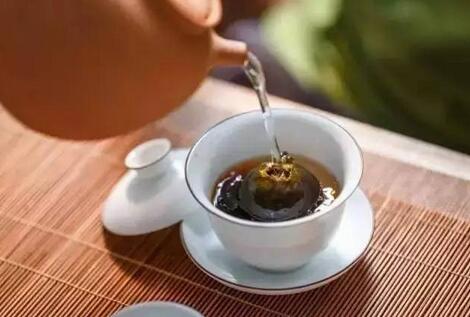2016 can be said to be the first year of tangerine Pu-erh tea. With its unique flavor and health benefits, tangerine Pu-erh tea won the hearts of tea lovers and became a new favorite in the tea world. Tangerine Pu-erh tea can be sun-dried or high-temperature baked, and sun-dried tangerine Pu-erh tea offers even more benefits.
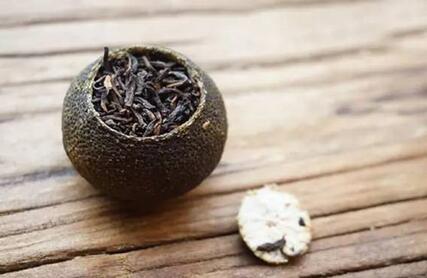
Sun-dried tangerine Pu-erh tea undergoes sun-drying and aging simultaneously, resulting in a mellower taste.
The sun-drying process is not as simple as placing the tea under the sun after filling. It is a comprehensive process that adjusts the tea's characteristics, shapes its flavor, and integrates the tea with the tangerine. During sun-drying, half of the time is spent in storage, where the appropriate temperature and humidity make this period the golden time for the aging of tangerine Pu-erh tea.
High-temperature drying improves efficiency but sacrifices this process, leading to a noticeably inferior taste compared to sun-dried tangerine Pu-erh tea.

Natural sun-drying avoids high temperatures, ensuring a pure taste without dryness.
Drinking sun-dried tangerine Pu-erh tea does not cause heatiness. Fresh tangerine peels filled with tea are naturally sun-dried in open-air drying fields for 20 days, allowing the peels to dehydrate evenly and transform into tangerine Pu-erh tea. This process is gentle and natural, resulting in a tea with a warm and mellow character.
In contrast, high-temperature drying tends to produce a tea with a heavier, drier taste and less warmth.
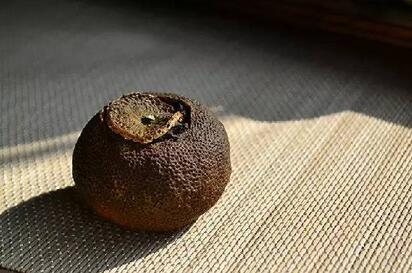
The active compounds are fully preserved, making it more beneficial for health.
Sun-dried tangerine Pu-erh tea retains the volatile oils in the tangerine peel intact, making the oil sacs more permeable and ensuring stable infusion of nutrients during brewing.
High-temperature-dried tangerine Pu-erh tea loses some of its nutritional value due to the high-temperature baking, which deactivates certain nutrients.
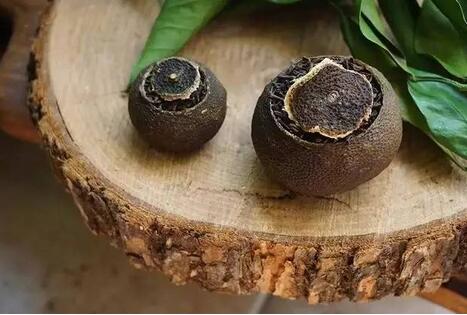
Ultraviolet sterilization provides additional food safety assurance.
Food safety cannot be overemphasized. Sun-dried tangerine Pu-erh tea benefits from the additional sterilization effect of ultraviolet rays, providing an extra layer of health and safety assurance.
High-temperature-dried tangerine Pu-erh tea lacks this additional benefit.

Sunlight enhances the absorption of vitamins by the body.
Both tangerine peels and Pu-erh tea contain a rich variety of vitamins, and sunlight helps the body absorb them more easily.
High-temperature drying only damages vitamins and does not promote their absorption.
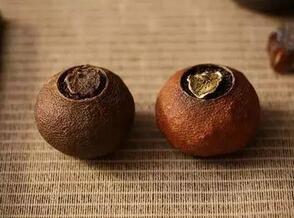
How to distinguish between sun-dried and high-temperature-dried tangerine Pu-erh tea?
Observe the color:
Sun-dried tangerine Pu-erh tea, whether small green tangerine, semi-ripe tangerine, or fully ripe tangerine, has noticeable sunspots and a glossy, oily surface.
High-temperature-dried tangerine Pu-erh tea has a dull surface without shine, with green tangerine appearing dark green and ripe tangerine appearing dark brown.
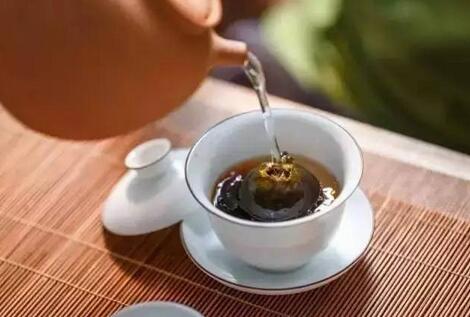
Check the transparency:
Take a tangerine Pu-erh tea, remove the Pu-erh, and shine a strong light through the tangerine peel. If all the oil sacs are translucent, it is sun-dried tangerine Pu-erh tea; if some oil sacs are opaque, it is high-temperature-dried tangerine Pu-erh tea.
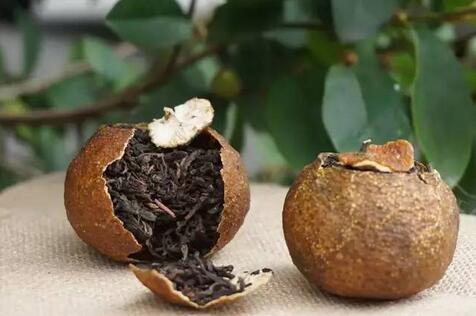
Taste the flavor:
Take one sun-dried and one high-temperature-dried tangerine Pu-erh tea and brew them under the same conditions. The one with a smooth, sweet, and mellow taste, a pleasant tangerine aroma, and a thick, silky texture is the sun-dried tangerine Pu-erh tea. The one with a thin, dry taste, a strong but short-lived aroma, and a quick but weak infusion is the high-temperature-dried tangerine Pu-erh tea.
